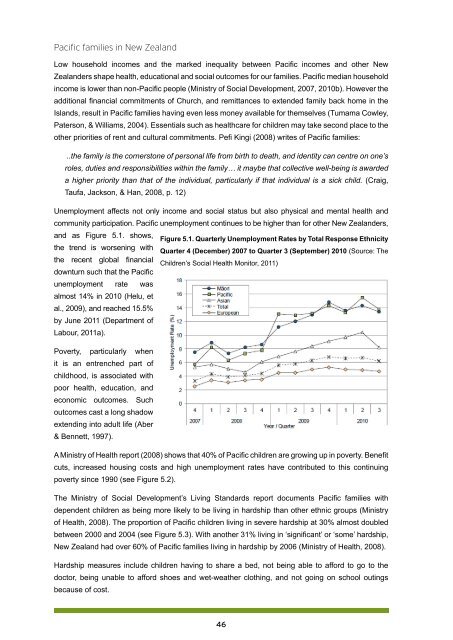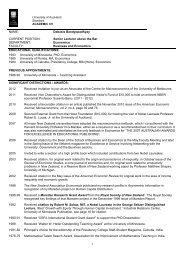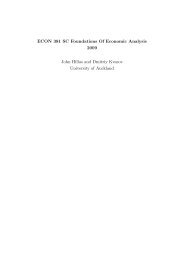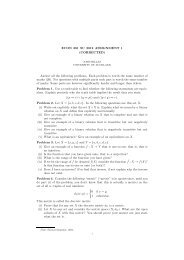Left Further Behind - Child Poverty Action Group
Left Further Behind - Child Poverty Action Group
Left Further Behind - Child Poverty Action Group
Create successful ePaper yourself
Turn your PDF publications into a flip-book with our unique Google optimized e-Paper software.
Pacific families in New Zealand<br />
Low household incomes and the marked inequality between Pacific incomes and other New<br />
Zealanders shape health, educational and social outcomes for our families. Pacific median household<br />
income is lower than non-Pacific people (Ministry of Social Development, 2007, 2010b). However the<br />
additional financial commitments of Church, and remittances to extended family back home in the<br />
Islands, result in Pacific families having even less money available for themselves (Tumama Cowley,<br />
Paterson, & Williams, 2004). Essentials such as healthcare for children may take second place to the<br />
other priorities of rent and cultural commitments. Pefi Kingi (2008) writes of Pacific families:<br />
..the family is the cornerstone of personal life from birth to death, and identity can centre on one’s<br />
roles, duties and responsibilities within the family… it maybe that collective well-being is awarded<br />
a higher priority than that of the individual, particularly if that individual is a sick child. (Craig,<br />
Taufa, Jackson, & Han, 2008, p. 12)<br />
Unemployment affects not only income and social status but also physical and mental health and<br />
community participation. Pacific unemployment continues to be higher than for other New Zealanders,<br />
and as Figure 5.1. shows,<br />
Figure 5.1. Quarterly Unemployment Rates by Total Response Ethnicity<br />
the trend is worsening with<br />
Quarter 4 (December) 2007 to Quarter 3 (September) 2010 (Source: The<br />
the recent global financial<br />
<strong>Child</strong>ren’s Social Health Monitor, 2011)<br />
downturn such that the Pacific<br />
unemployment rate was<br />
almost 14% in 2010 (Helu, et<br />
al., 2009), and reached 15.5%<br />
by June 2011 (Department of<br />
Labour, 2011a).<br />
<strong>Poverty</strong>, particularly when<br />
it is an entrenched part of<br />
childhood, is associated with<br />
poor health, education, and<br />
economic outcomes. Such<br />
outcomes cast a long shadow<br />
extending into adult life (Aber<br />
& Bennett, 1997).<br />
A Ministry of Health report (2008) shows that 40% of Pacific children are growing up in poverty. Benefit<br />
cuts, increased housing costs and high unemployment rates have contributed to this continuing<br />
poverty since 1990 (see Figure 5.2).<br />
The Ministry of Social Development’s Living Standards report documents Pacific families with<br />
dependent children as being more likely to be living in hardship than other ethnic groups (Ministry<br />
of Health, 2008). The proportion of Pacific children living in severe hardship at 30% almost doubled<br />
between 2000 and 2004 (see Figure 5.3). With another 31% living in ‘significant’ or ‘some’ hardship,<br />
New Zealand had over 60% of Pacific families living in hardship by 2006 (Ministry of Health, 2008).<br />
Hardship measures include children having to share a bed, not being able to afford to go to the<br />
doctor, being unable to afford shoes and wet-weather clothing, and not going on school outings<br />
because of cost.<br />
46









